“the truth is, cannabis has always been here. it’s just taken us a while to catch up.”
from ancient roots to modern minds
long before it became a point of political contention or a product on dispensary shelves, cannabis was a medicine, a ritual tool, and a cultural bridge.
healers across asia, africa, and the middle east used the plant for its calming, anti-inflammatory, and sometimes spiritual effects.
in india, it was infused into holy drinks, in the middle east, it was used to ease pain and quiet the mind, and in china it was brewed into teas.
scientists have also exhumed 10 wooden braziers from eight tombs in an ancient cemetary in western china - braziers which held stones that were apparently heated and used to burn cannabis plants
these weren’t stoner myths—they were early examples of plant-based medicine.
[[ancient wood brazier used to burn cannabis]]1
but cannabis hasn’t just been a source of healing—it’s also long been caught up in questions of power and control.
around the world, history shows us a pattern: cannabis embraced by everyday people, often pushed out by those in charge.
[[The Divine Farmer's Materia Medica. pen-ts’ao ching]]2
神農本草經 … 麻實,破積,止痙,故腰多冷良 ,令人見鬼,狂走,久服通神明輕身notes on cannabis seed….how it breaks spasms which is good for the lower back…but also allows one to see ghosts and run about wildly. i.e. long-term use clears the spirit and lightens the body
in ancient china, early texts like the pen-ts’ao ching, recognized the value of cannabis. but with the rise of taoism, cannabis was dismissed as a shaman’s drug—something to be feared, not understood.
in 1266 AD, mameluke king al-zahir babar decreed hashish consumption illegal in cairo, ordered the gardens of kafur (where the city's poor grew cannabis plants and produced and consumed hashish) destroyed, and threatened anyone caught cultivating, selling, or consuming the drug with imprisonment and de-teething. (ouch!)
[[painting of mameluke king al-zahir babar]]3
similar tensions played out across empires. in 1484, pope innocent viii issued a papal ban on cannabis, linking it to witchcraft and satanic rites.
[[pope innocent viii, engraving on metal plate]] 4
in colonial india, british officials feared cannabis might destabilize labor systems but ultimately decided to tax and regulate it—commissioning one of the most thorough studies in history: the 1894 indian hemp drugs commission. their conclusion? prohibition wasn’t just ineffective—it was unnecessary.
“the history of marijuana farming tells us that when prohibitions are imposed, they almost always come from the ruling class.”
again and again, cannabis has been singled out—not because it was proven harmful, but because it stood outside the system. it symbolized freedom, ritual, and a different way of being.
this pattern—of fear shaping policy more than facts—didn’t end with ancient empires or colonial regimes. in the 20th century, it evolved. and in the u.s., it hardened into law.
how modern prohibition took hold
with the rise of modern nation-states and centralized power, cannabis became a convenient target. in the u.s., prohibition wasn’t born out of science—it was shaped by fear, politics, and prejudice.
the early seeds of this shift were sown in the early 1900s with rising concerns around "mexican marijuana," a term that gained traction alongside increased mexican immigration, often fueled by xenophobia. 5but this wasn’t just language—rather it began to shape policy. 6
those anxieties around immigration quickly translated into action and contributed to state-level restrictions beginning in the 1910s.
in 1914, el paso, texas, reportedly became one of the first cities to prohibit marijuana following sensationalized reports.
[[article from 1915 el paso herald]]7
by 1915, california passed laws restricting its distribution, with other states following suit by the late 1920s.
the 1930s marked a federal push for prohibition. with alcohol prohibition nearing its end, in 1930, harry j. anslinger took charge of the federal bureau of narcotics and aggressively campaigned against cannabis, arguably to maintain his bureau's relevance.8
[[federal narcotics commissioner announcing a raid of the nation’s biggest cities]]9
in 1937, harry j. anslinger, the then commissioner of the federal bureau of narcotics claimed,
"marihuana is the short cut to the insane asylum. smoke marihuana cigarettes for a month and what was once your brain will be nothing but scar tissue."
anslinger’s words weren’t isolated—they echoed through newspapers, classrooms, and movie theaters.
this era saw a surge in sensationalist propaganda, with films like "reefer madness" amplifying fear and misinformation.10
[[a poster advertising ‘reefer madness’, directed by louis j. gasnier, 1936]]11
continual fear and misinformation culminated in 1937 with the marihuana tax act, federal legislation that, despite the american medical association's objections, effectively criminalized cannabis through prohibitive taxation.12
regardless of millennia of human use and a growing, albeit stifled, scientific understanding, during the middle of the 20th century, cannabis was demonized. its complex history and varied applications were reduced to a narrative of danger.
yet, the quiet connection between people and this plant persisted, a subtle seeking for sleep, relief, and peace of mind that echoed the practices of ancient times. the truth of cannabis didn’t disappear; it simply waited for the moment to be re-seen.
science is catching up
today, modern research is uncovering what many already knew: cannabis has real therapeutic potential.
from epidiolex, a cbd-based epilepsy treatment, to sativex, used in managing multiple sclerosis, cannabis is no longer a whisper in wellness circles. it’s part of the medical mainstream.
[[FDA approves first cannabis derived medicine, epidiolex]]13
innovation is still unfolding, with new formulations for chronic pain, chemotherapy-induced nausea, and inflammation under development. we’re only beginning to tap the surface.
"cannabis is not a panacea, but there is increasing evidence that cannabinoids may have a role in the treatment of certain conditions."14
what this journey means to us
at good times™, we’re guided by the long and winding path cannabis has taken—twisting, imperfect, and deeply human. from ancient use to prohibition, and now a new era of scientific rediscovery, we’re continually moved by the resilience of this plant and the people who’ve trusted it through time.
we believe its potential is both timeless and timely. that’s why our first products are ratio’d with intention—built to reflect what history and modern research both affirm: this plant can do good.
we don’t chase trends. we follow the evidence. we craft with care. and we aim to help people feel better—grounded, balanced, and connected.
because the story of cannabis isn’t just one of just law or science. it’s a human story. and we’re proud to be part of what comes next.
— proudly written by a human.
good times™ CEO, alex kuhn.
learn more @ www.goodtimes.flowers
wu, x., et al. (2019). early evidence for cannabis use in the pamirs. science advances, 5(6), eaaw1391. [xinhua wu/science advances]
li, hui-lin (1974). an arch & hist account of cannabis in china. economic botany, 28:4, pp. 437–448. [excerpts from pen-ts'ao ching (the divine farmer's materia medica)]
a sultan | photo credit: wikimedia commons
“innocent viii.” encyclopædia britannica, encyclopædia britannica, inc., https://www.britannica.com/biography/innocent-viii. accessed 23 may 2025.
bonnie, r. j., & whitebread, c. h. (1974). the marijuana conviction: a history of marijuana prohibition in the united states. university press of virginia.
isaac campos (2012). home grown: marijuana and the origins of mexico’s war on drugs. unc press.
the el paso herald used ‘marihuana’ in the headline in 1915. (https://chroniclingamerica.loc.gov)
herer, j. (1990). the emperor wears no clothes. queen of clubs publishing.
narcotics commissioner harry j. anslinger announces a series of raids in the nation's big cities aimed at crippling the narcotics traffic in new york on jan. 4, 1958. (ap images)
schlosser, e. (1994). reefer madness: the true tale of marijuana in america. atlantic monthly.
a poster advertising 'reefer madness', an anti-drugs exploitation film, dealing with the pitfalls of marijuana smoking, directed by louis j. gasnier, 1936. (photo by hulton archive/getty images)
public law 75-238, 50 stat. 551. the marihuana tax act of 1937.
national academies of sciences, engineering, and medicine. the health effects of cannabis and cannabinoids: the current state of evidence and recommendations for research. national academies press, 2017, p. 5.
Additional resources:
Ryan Stoa, Craft Weed: Family Farming and the Future of the Marijuana Industry. Cambridge, MA: MIT Press, 2018.
Ryan Stoa, https://thereader.mitpress.mit.edu/a-brief-global-history-of-the-war-on-cannabis/
Ibn Taymiyya, Al-Fatwa al-kubra, vol. III, p. 424. Quoted and translated in Yasmin Hanani Mohd Safian, "An analysis on Islamic rules on drugs,"
Yasmin Hanani Mohd Safian, "An analysis on Islamic rules on drugs," 6-7; Gabriel G. Nahas, "Hashish and Drug Abuse in Egypt during the 19th and 20th Centuries," 429-432; and Franz Rosenthal, The Herb, 98-112.



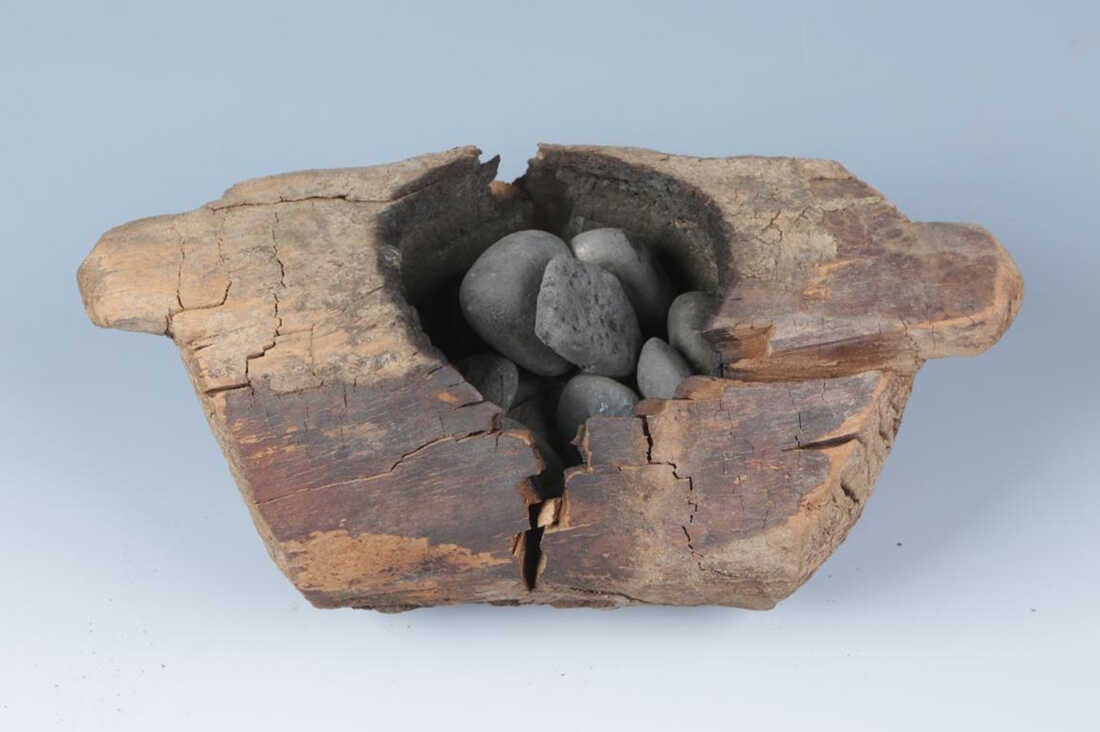
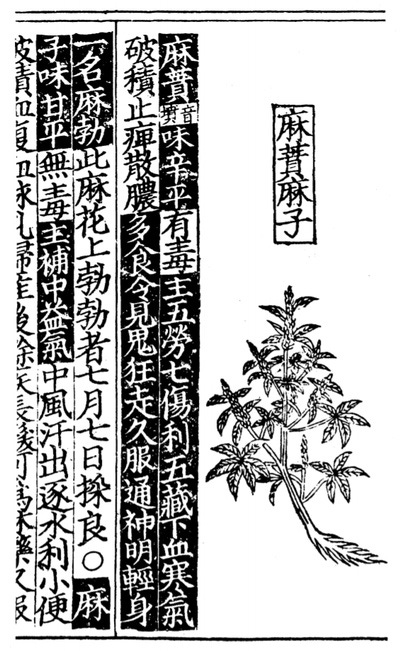
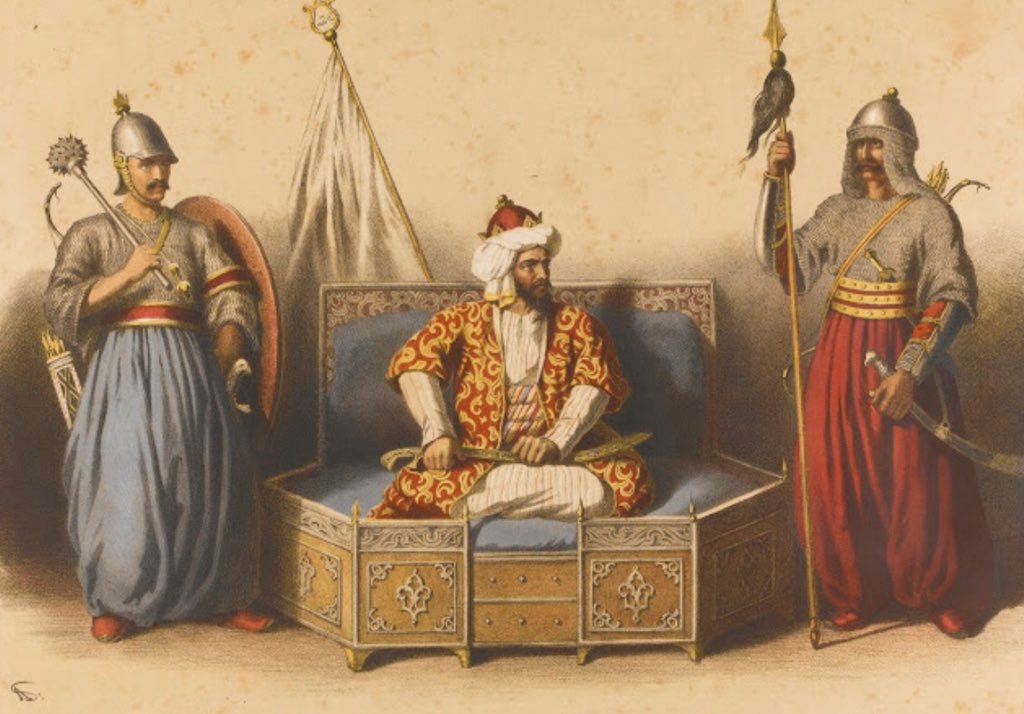
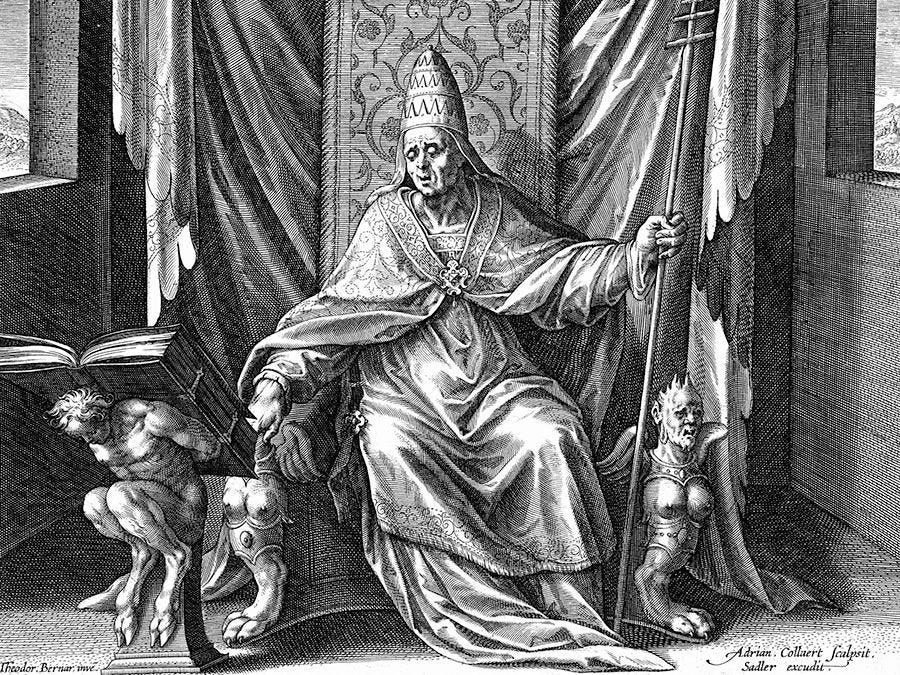
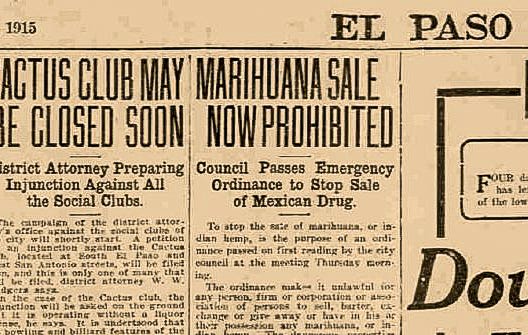
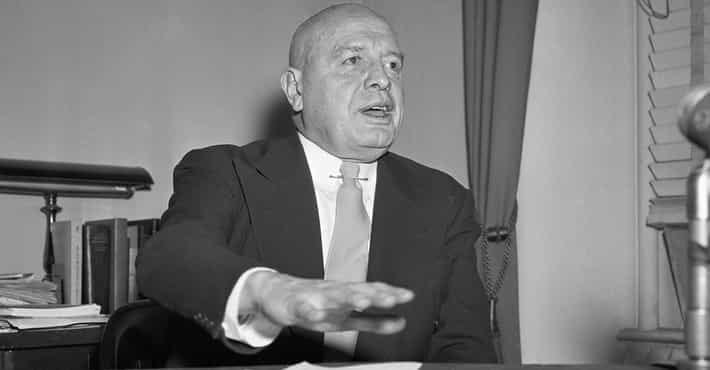
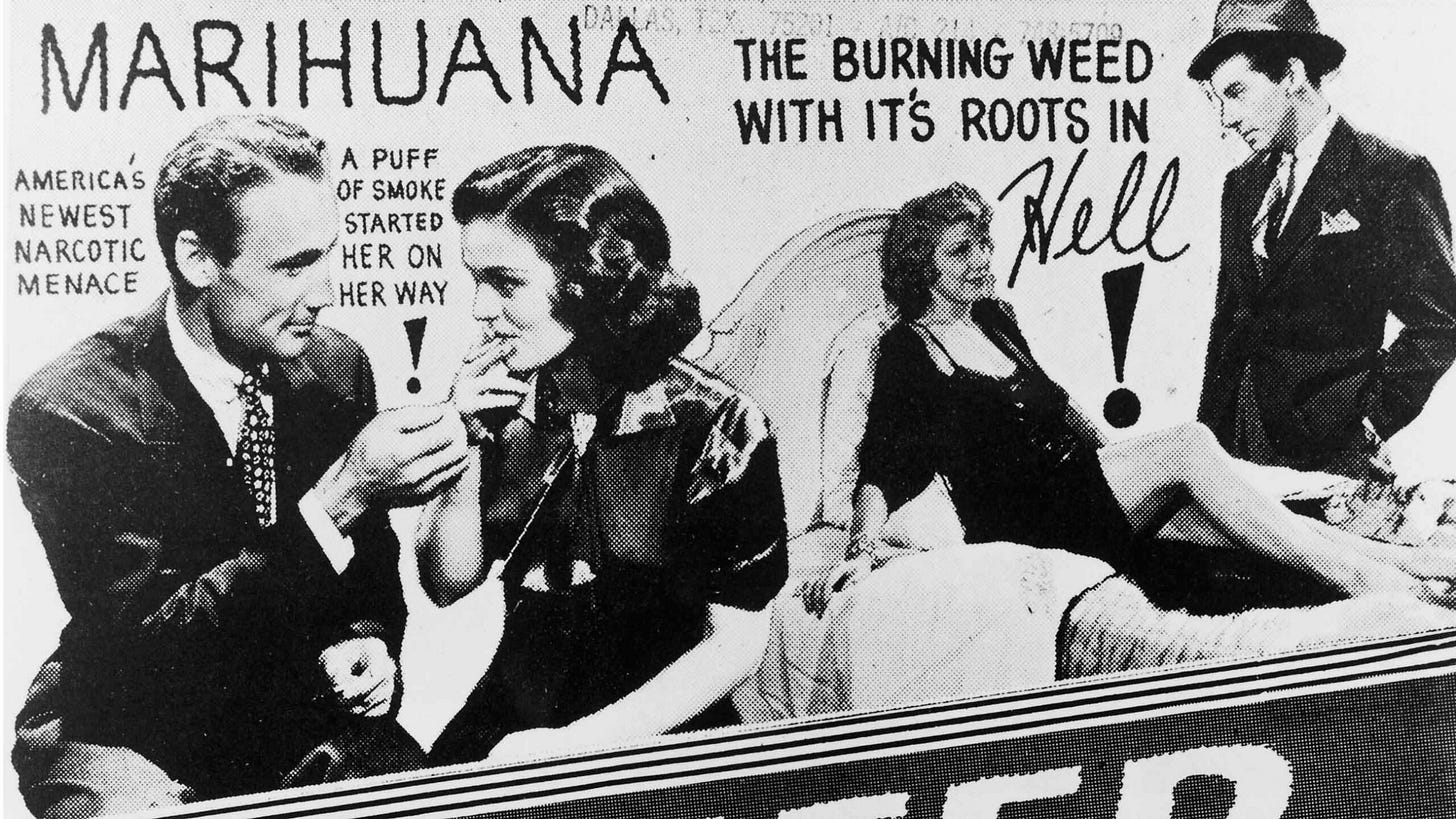
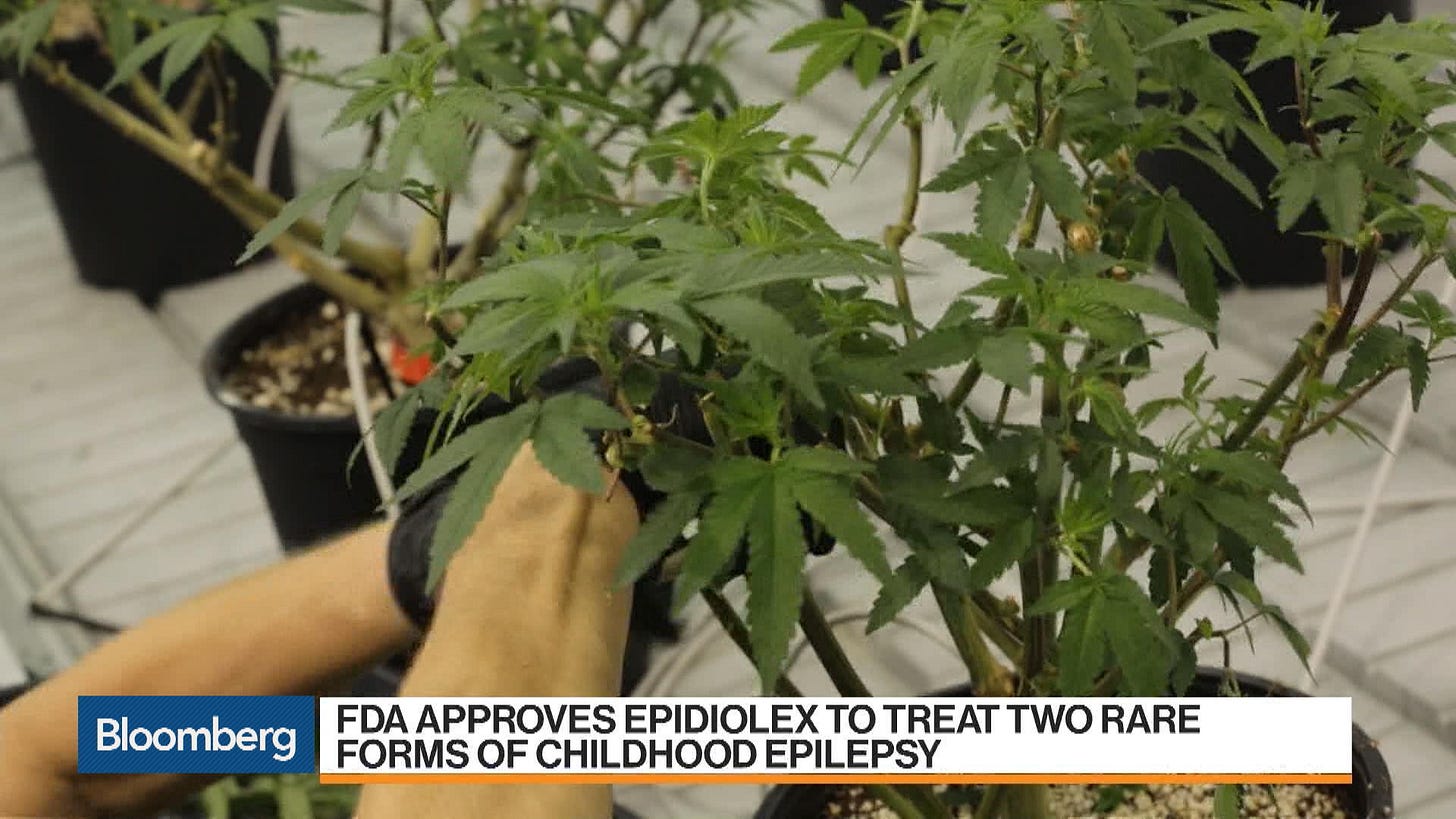
I smoked because I could feel something just out of reach —
a kind of hum behind the noise of daily life.
https://thehiddenclinic.substack.com/p/why-i-ever-smoked-in-the-first-place